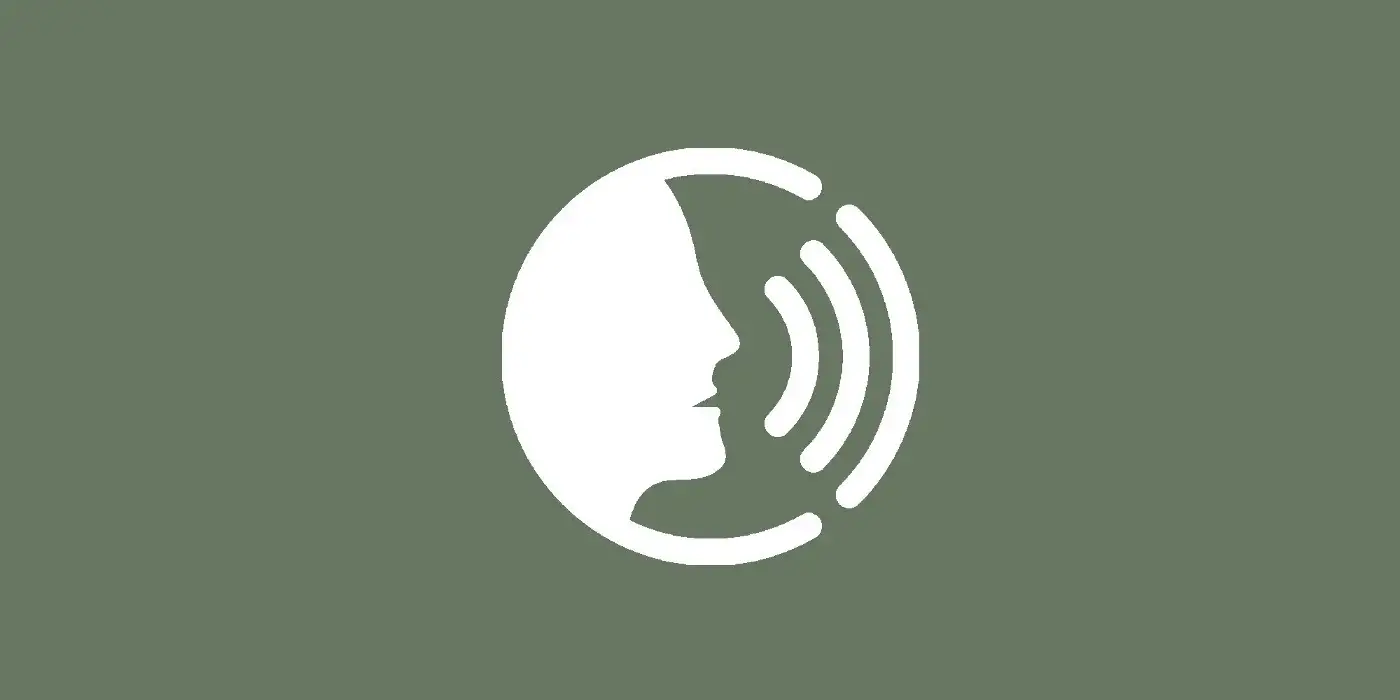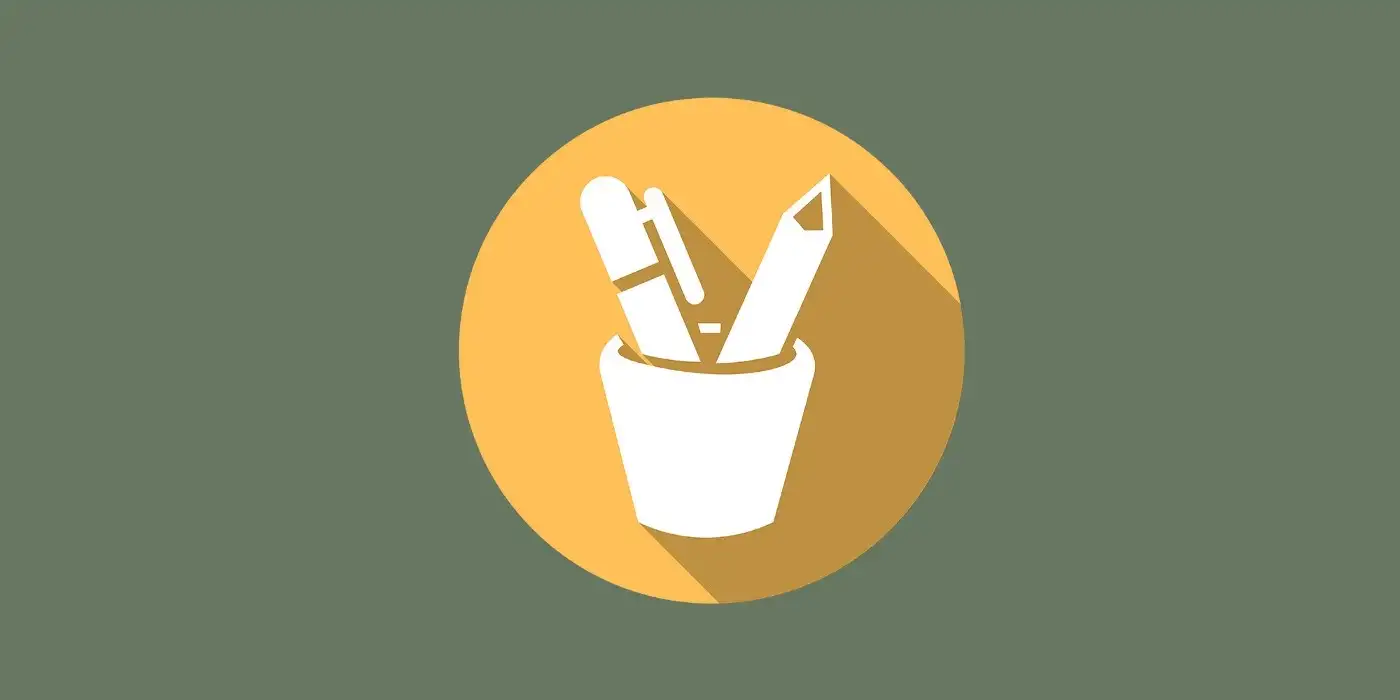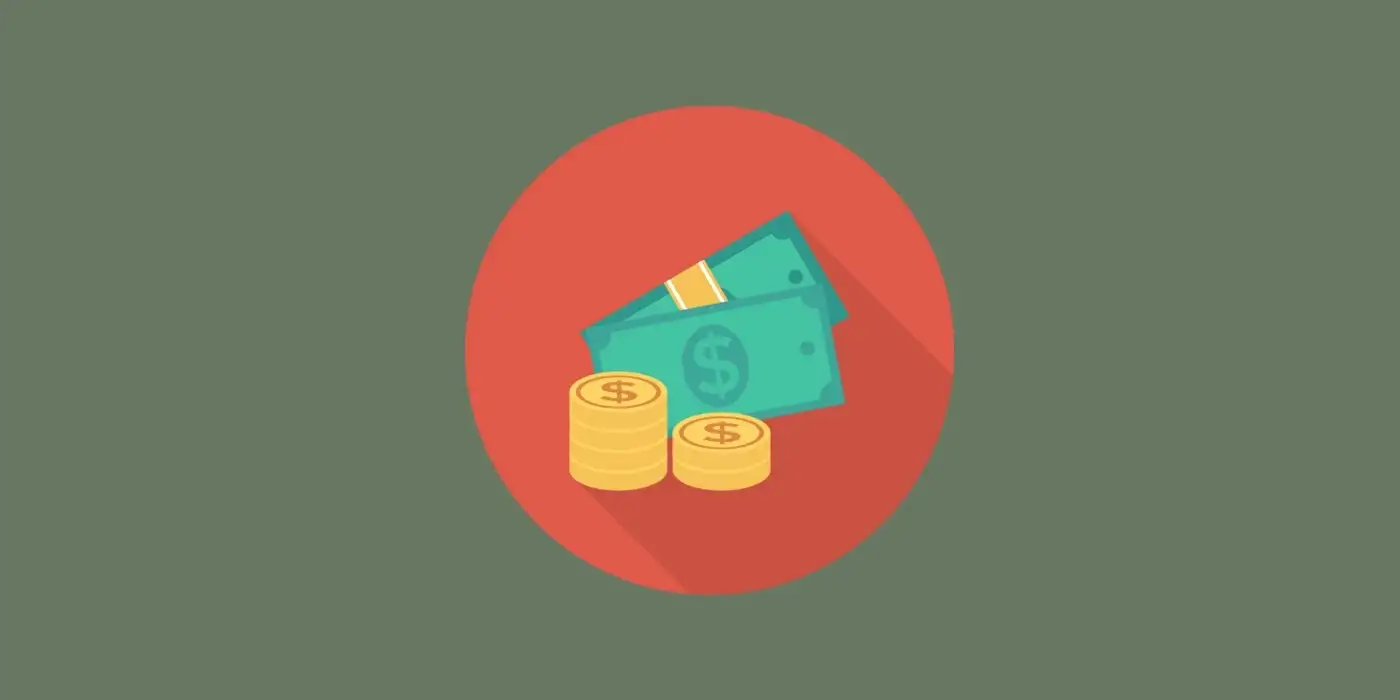
Following up with prospective clients is tricky business. There’s a fine line between a confident, entrepreneurial message and a spammy ping notification that serves no purpose other than to irritate the person on the other end.
During my decade of freelance experience, I’ve had plenty of opportunities to experiment with different approaches to communication.
I’ve also had the pleasure of hiring a number of workers (for myself and clients), as well as the displeasure of being harassed by freelancers and marketers who can’t take ‘no’ for an answer.
Here are some of the takeaways that should help you close more deals and irritate fewer people.
Provide new information without appearing incompetent
Always follow up for a legitimate reason. One such reason is to provide additional information that may be useful to the client.
The trick is to do this while avoiding two types of information:
- Information that was crucial to include in your original message (“Oh, and I forgot to mention, if we use your proposed technology it will make the server explode”).
- Irrelevant information (“I watched the Lakers beat the Kings last night and thought about your project”).
The first sort of message belongs in your opening letter. The second belongs in a casual chat after you’ve closed the deal. The key is to strike the right balance. A good thing to lead with in your follow-up message is additional information that you just found out about or a clarification of something left unclear in your original message.
Ask questions without being annoying
There are few things I find more annoying than receiving a follow-up email asking me whether I’ve seen the original email.
One such thing is being asked “Are you there” or “Are you OK” (both real-life examples) after not responding for a day.
If you want to follow up with a question, make it one that drives the conversation forward. And, most of all, make sure it’s concrete. “Is there anything I can clarify further?” is a decent question, but “Which of the samples I sent do you prefer? I’d be happy to provide more in the same style.” is much better.
Be persistent without being spammy
Like in any conversation, you should be assertive but know when to stop.
Follow up with confidence and let them know how valuable your services are, but never keep talking after the other person has shown a lack of interest.
If one follow-up message doesn’t get them to respond, five messages will surely accomplish nothing but relegate you to the client’s spam folder.
Improve your offer without appearing desperate
Imagine this: you ask for $1,000 in your project bid. The client doesn’t respond. Two days later, you follow up saying that you are willing to offer them a 30% discount.
Sounds like it should help you land the job, right?
Wrong.
First of all, never negotiate against yourself. Second, what your second message tells the client is that your initial offer was purposefully overpriced. Third, it will make them wonder how much further you would be willing to lower your price.
Instead of offering a discount, sweeten the deal by offering a little bit extra in terms of services or infrastructure. For example, if you’re developing a website for a client, you can say you just had a server open up and you are now able to offer them free hosting for 6 months. Low cost to you, convenient for them.
Create urgency without appearing unreliable
One way to nudge a negotiation towards a successful conclusion is the creation of urgency.
This means that you force the other side to make a decision now rather than later, thus cutting off the time they might use to talk to your competitors. It can be quite difficult to pull this off without being disingenuous or appearing flimsy.
If you directly tell the client that you need their decision today, you will come off as rude.
If you tell them you’ve got better offers but you’re willing to work for them if you can start today, you will come off as dishonest.
A bit of diplomacy is warranted. For example, if you’re selling consulting services, you can use a gentle nudge, such as: “I’ve had a few slots fill up since we last spoke, so I thought I’d reach out and see if you’re still interested in proceeding. I’m still available on [give specific dates/times].”
Be persuasive without being pushy
Persuasion is much more than explaining why your product or service is great.
Most people automatically go into ‘pitch mode’ when they want to convince someone to give them money. This is often counter-productive. People are tired of being pitched at. They turn on the TV, they see ads. Youtube? Ads. Highway? Ads. Supermarket? Ads. The moment you assume the tone of a salesman, you blend into the background.
There are several ways to be persuasive without being pushy, outlined in detail in Robert Cialdini’s excellent book Influence: The Psychology of Persuasion. The most useful for client follow-ups is probably establishing authority (and social proof, if you can). This goes somewhat outside the scope of this article, but I recommend you read the book and find out more.
Putting it all together
When following up with clients, you must be respectful of their time, confident of your abilities, and mindful of psychology.
Adopting the principles lined out in this article is certain to increase your chances of getting positive responses and leading successful negotiations.
Don't miss the next blog post!
I publish a new blog post every Wednesday. Join the newsletter to get:
- One valuable email a week.
- Zero spam.
- Exclusive content not found in the blog.
- Reply directly to me with questions or feedback.
Use the form at the bottom of this pageon the right to join the newsletter.


